Hackney's journey from bucolic open space to one of London's great melting pots: 'It's the friendliest place I know in London'
Over the centuries Hackney has morphed from a land of gardens and streams to a vibrant, artsy and welcoming community, as Carla Passino explains.

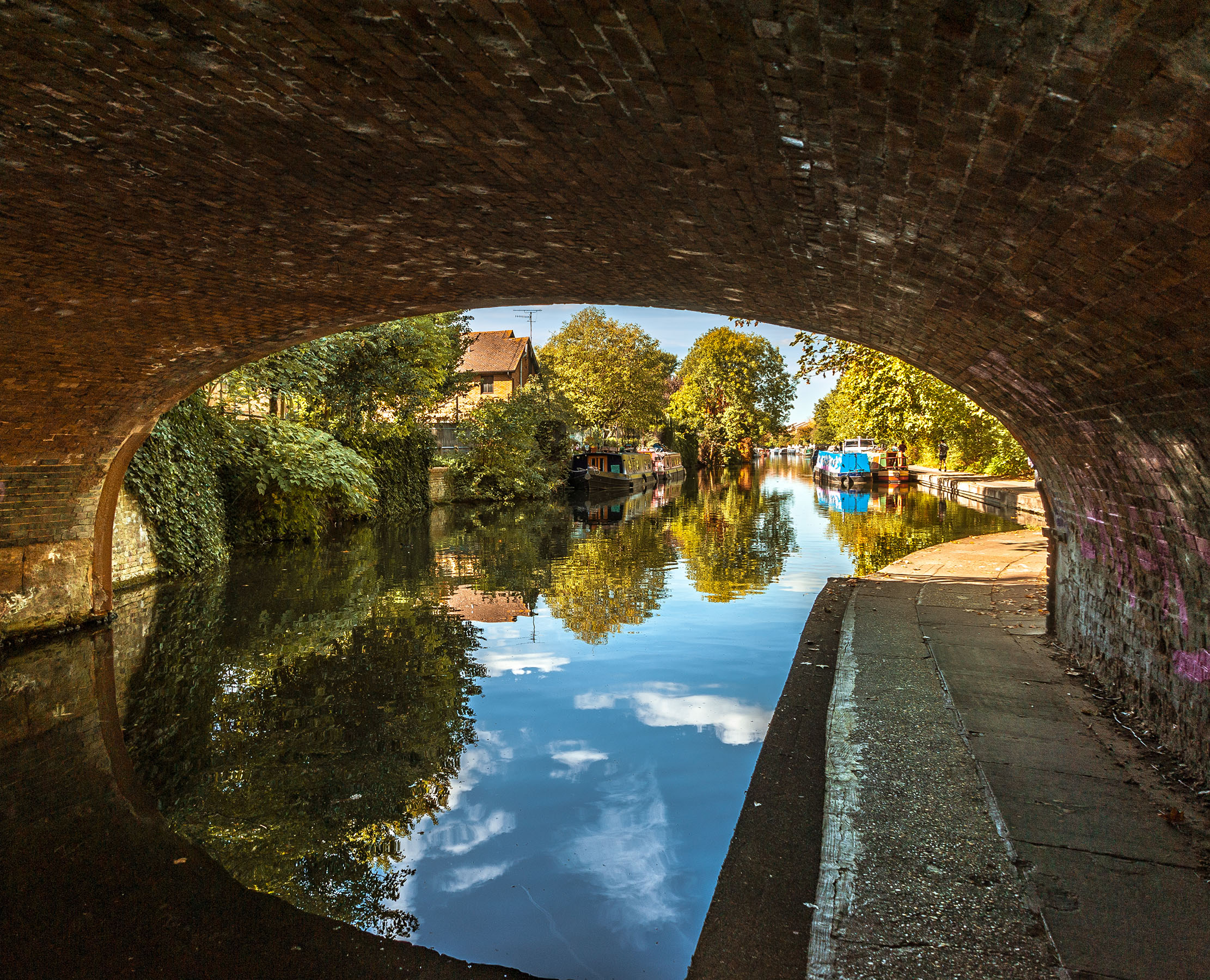
This article appears in the London Life section of the December 2 issue of Country Life.
Walking down Mare Street, vibrant even in these days of restrictions, it’s hard to reconcile today’s Hackney with pictures from the past. Shop-lined roads were once babbling streams, pubs were market gardens and this bastion of hip, edgy, urban creativity was a remote village where people retreated for a taste of idyllic countryside. But then, few places have changed more over time than this corner of East London.
According to local lore, the small settlement that sprung up along the Roman roads to Lincoln and Colchester owes its name to a Danish chief called Hacon, whose eye — islet—this was. No trace remains of this early history, but some medieval records indicate that the Knights Templars owned about 110 acres in the Hackney Marshes and built some mills on the River Lea — hence today’s Temple Mills. The village’s first parish church, St Augustine, was named after the Templars’ patron saint.
At about this time, Hackney was becoming increasingly popular with wealthy Londoners, who prized its fresh air and beautiful countryside. Among the early settlers was Sir Ralph Sadleir, a common man who rose to prominence as Henry VIII’s Principal Secretary of State. In 1535, he built himself the exquisite Sutton House, now a National Trust property.
The history of Sutton House mirrors Hackney’s social changes. As the middle classes began arriving in the mid 18th century, it was split into two properties and, for about 100 years, the west wing became home to a silk-weaving Huguenot family, one of the many that had sought refuge in East London.
Then, as now, the village was a tolerant place that welcomed not only the Huguenots, but also a Jewish community, people of African descent (parish records speak of an Anthony that lived to the ripe old age of 105, dying in 1630) and, later, the Windrush generation and Turkish, Kurdish and Vietnamese immigrants, among others.
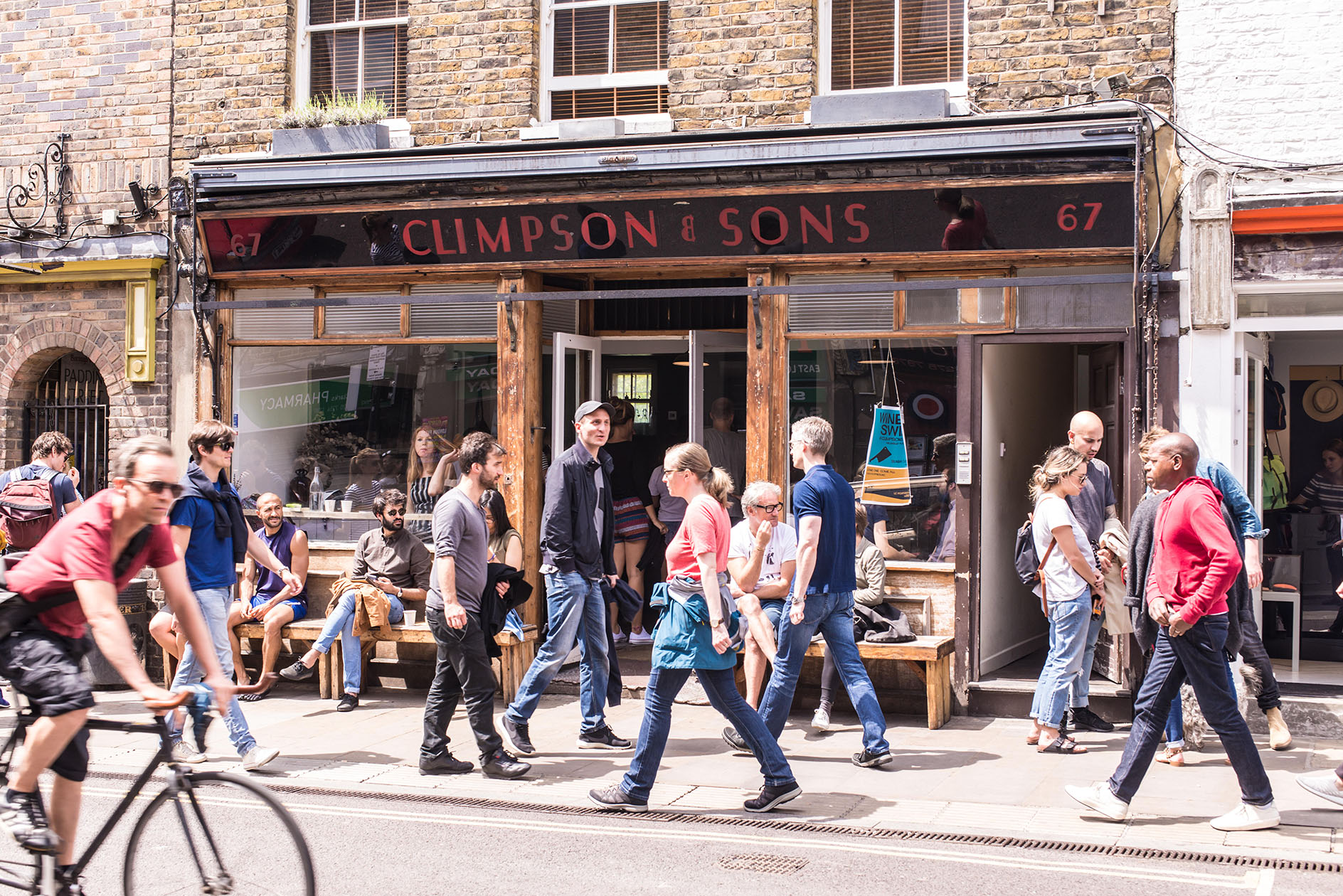
A particularly notable incomer was Joachim Conrad Loddiges, a German gardener who opened an exotic-plant nursery in the 1770s. Beating Kew Gardens by more than 20 years, Mr Loddiges went on to build a Grand Palm House, which so struck a visitor that he wrote to The Gardener’s Magazine in 1829: ‘All that I had before seen of the kind appeared nothing to me compared with this. I fancied myself in the Brazils.’
Exquisite houses, the beauty of Nature, and how to get the most from your life, straight to your inbox.
But the tranquil village studded with water-cress beds was soon to morph into a busy part of the city, as the advent of the horse-drawn omnibus and, later, the railway, opened up development opportunities. Advertisements for Hackney properties from 1871 highlight the presence of mod cons such as an ‘indoor wash-house’, ‘hot and cold-water baths’ and the omnipresent ‘Venetian blinds’, which were a hit with the middle class.
The construction frenzy came at a cost, not least to the Loddiges nursery, the lease of which ran out in the mid 19th century. Many of its magnificent palms found safe haven at Crystal Palace, including one that might have previously belonged to Joséphine Bonaparte: it was so massive that it required a team of 32 horses to be conveyed across the length of London to Sydenham.
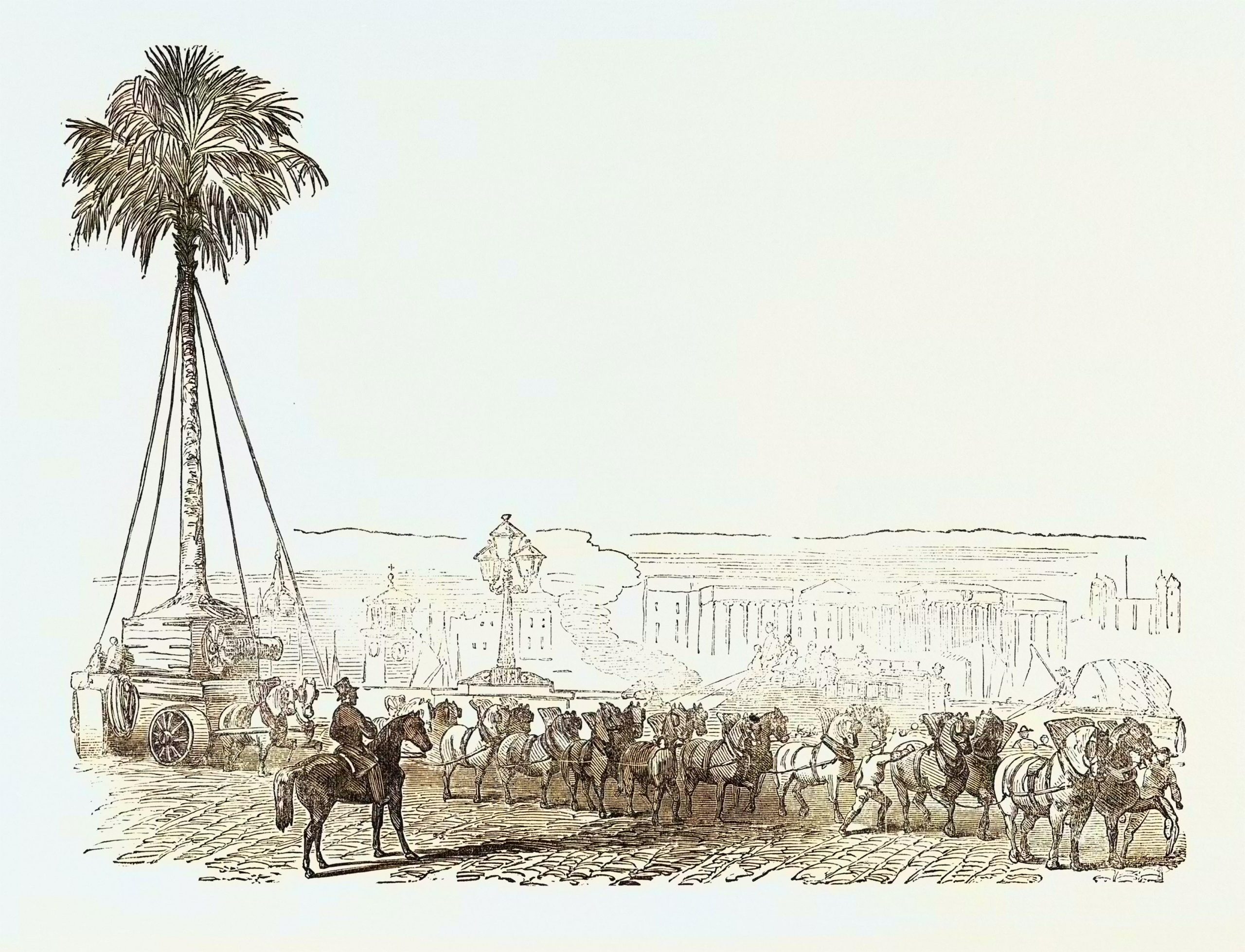
Although the Victorians made Hackney urban, they also gave it one of its most cherished parks. Opened in 1845, Victoria Park now belongs to Tower Hamlets, but it’s very much part of Hackney’s history. Not only did its ‘pleasant arrangement of walks, shrubberies, green turf, gay flowers and shady trees’ provide welcome respite for local families, but it was also the backdrop to an unusual pastime: miniature-yacht sailing, with toy boats whitening the surface of the lake and competing for prizes, according to Edward Walford’s Old and New London.
The same joyous atmosphere fills the park today, with its boating lake, Chinese Pagoda and Sunday market standing testament to a hard-fought renaissance that followed the Second World War’s heavy bombing and the difficult post-war decades. Hackney itself, too, suffered enormously: local factories disappeared fast and the area was plunged into poverty.
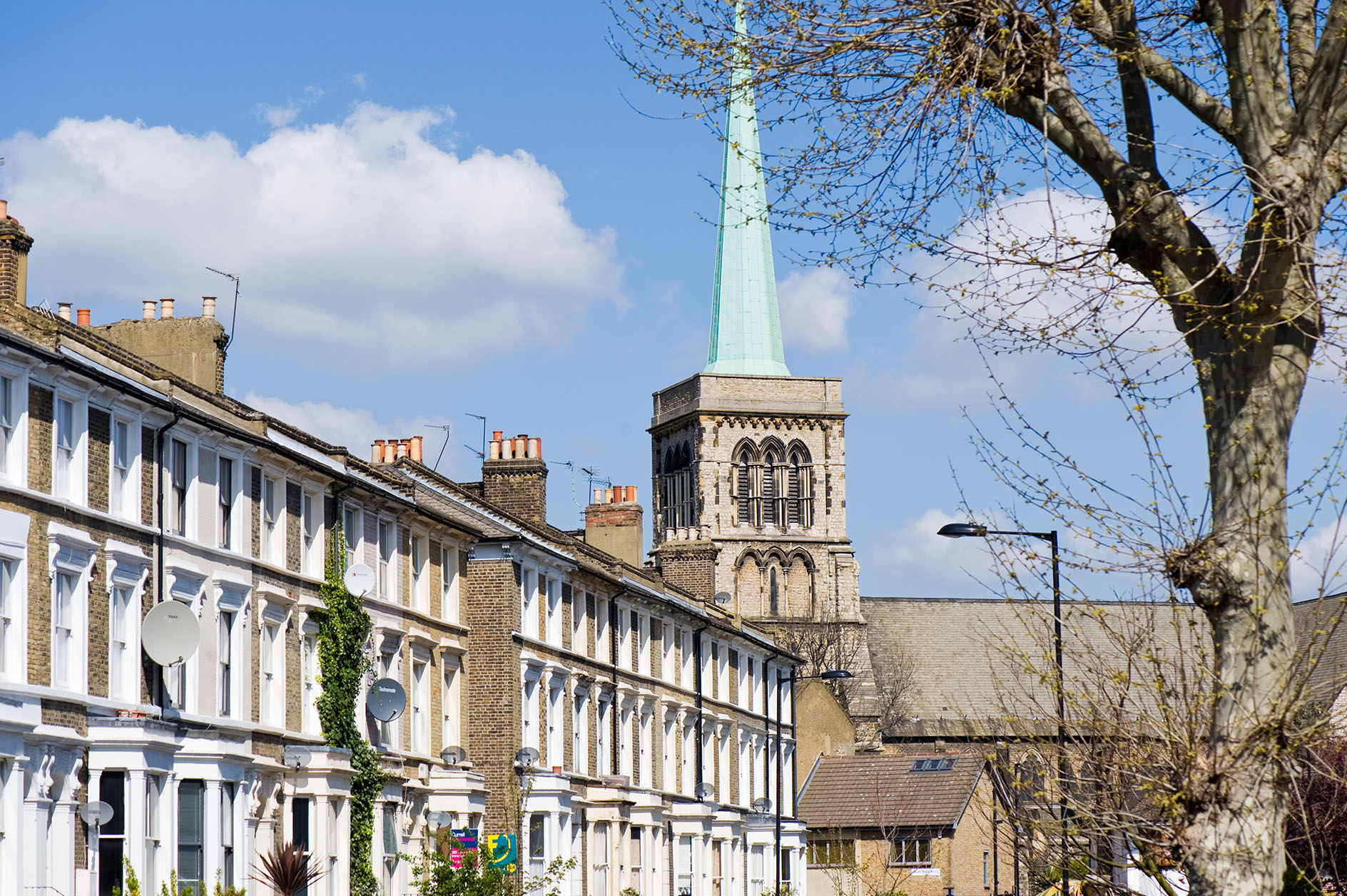
However, this void was progressively filled by the Arts, with creative people attracted by the combination of warehouse-like spaces, low rents and a free-thinking culture (at Sutton House, which had fallen into disrepair, squatters painted murals, opened a community centre and held concerts in the barn). Music venues and art studios mushroomed across the former village, past residents of which range from Sid Vicious to Hollywood superstar Idris Elba.
The culture scene is as lively today, according to Christian Eldershaw, of estate agent Mr & Mrs Clarke. Music, in particular, ‘is hugely important to the area; communities evolve around record shops and independent radio stations such as Netil Radio in London Fields’.
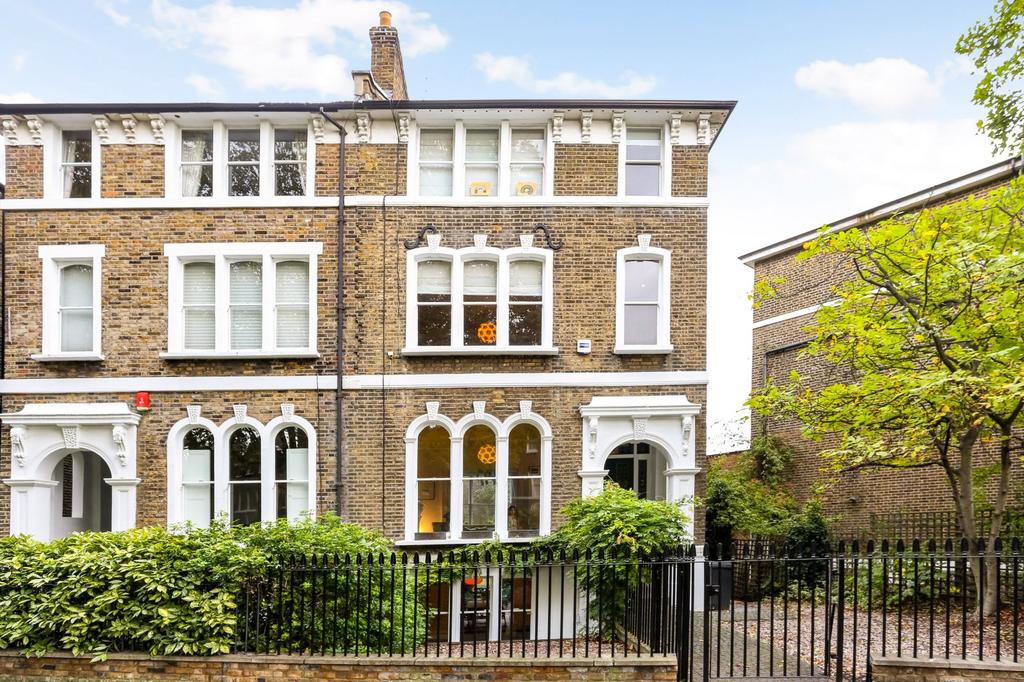
This, together with colourful street art, cocktail bars and markets old and new — from the indoor Mare Street Market to Victorian Broadway Market and, just across the borough border, the Columbia Road Flower Market — has fuelled Hackney’s rise to top hipster destination, a label that sits uneasily with some locals.
Nonetheless, the area retains its village spirit. ‘I like to think of Hackney as a community of communities, a thriving, dynamic and ever-evolving group of people from all over the world, of all ages,’ says Mr Eldershaw.
‘It’s the friendliest place I know in London and the centre of my universe.’
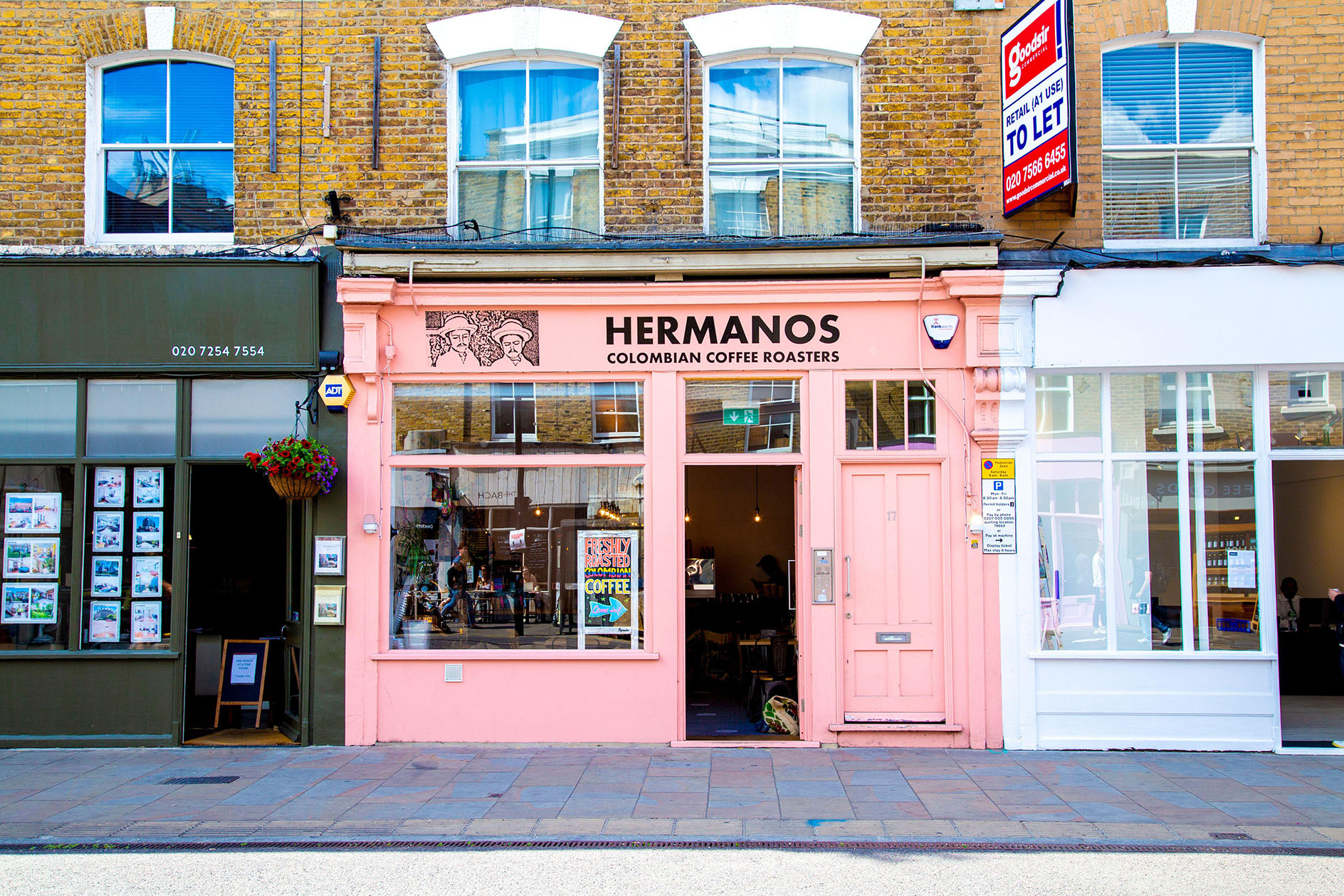
Inside tips: Where to eat, drink and shop in Hackney
Mahala A quirky shop selling ethically made home-ware, accessories and clothing (261, Well Street, E9) mahala.co.uk
The Broadway Bookshop ‘A wonderful place to spend a few hours,’ says Christian Eldershaw (6, Broadway Market, E8) www.broadwaybookshophackney.com
E5 Bakehouse The best sourdough in London, according to Daniel Woods of Savills (396, Mentmore Terrace, E8) e5bakehouse.com
The Marksman This excellent pub is famous for its Sunday roasts (254, Hackney Road, E2) www.marksmanpublichouse.com
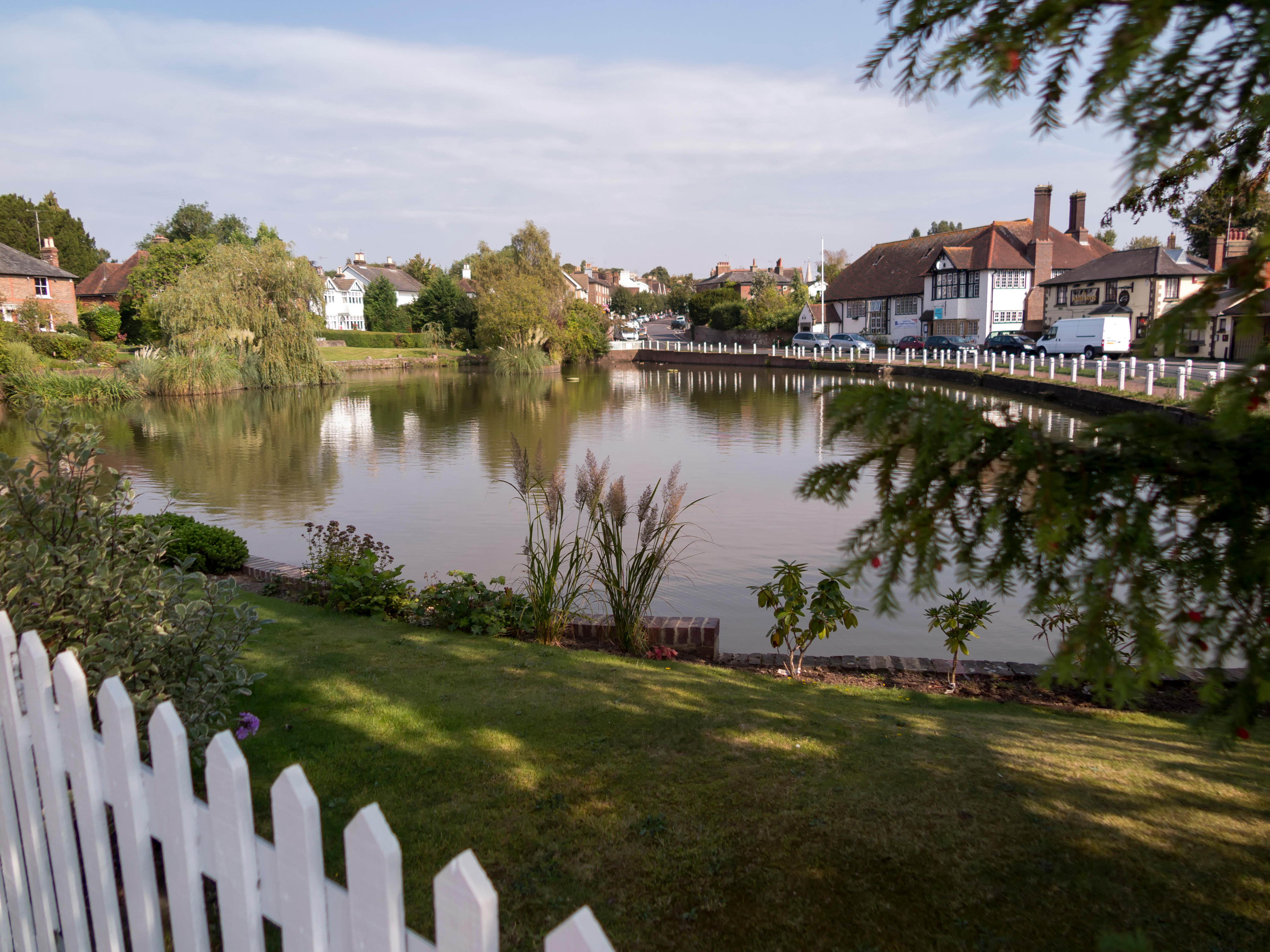
50 best places to live near London
The indispensable guide for getting into the country without ending up out of touch with the town.
Carla must be the only Italian that finds the English weather more congenial than her native country’s sunshine. An antique herself, she became Country Life’s Arts & Antiques editor in 2023 having previously covered, as a freelance journalist, heritage, conservation, history and property stories, for which she won a couple of awards. Her musical taste has never evolved past Puccini and she spends most of her time immersed in any century before the 20th.

